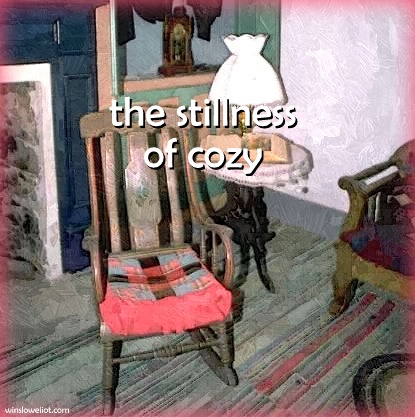
Stillness 12-3: By now, most of us have heard of the Danish practice of hygge—the feeling of cozy contentment and well-being that we can create through simple, cosseting practices like hot cocoa, a cheerful fire, a walk in pretty snow, or a phone call to a friend. Studies on happiness in various countries consistently place Denmark at or near the top of the happiness-spectrum, in spite of their abysmally dismal, dark, dreary winters. Their secret? It has something to do with hygge.
Hygge derives from the Old Norse word hugga, meaning “to comfort” or “to console.” It also has the root of hugr, meaning “courage, mood,” and may be related to the German hegen “to foster, cherish.” Hygge is about relaxation and gratitude. It’s about pampering and self-kindness.
Hugga, of course, is related to our word “hug.” Hugging is an essential human activity and fosters a feeling of hygge. Because of the pandemic, many of us don’t get enough hugga just now. On a very basic level, hugging increases levels of oxytocin in our bodies, which makes us feel happy and calm. We need hugs so as not to feel stressed. So if you don’t have people around you to hug, schedule a massage for yourself. Or find a delightful cream to rub into your feet. The sense of touch on your body is essential. Treat yourself. Wrap yourself in a colorful shawl. Wear soft socks. Coddle, cuddle, and cosset yourself. Indulge yourself. Immerse yourself in the stillness of sheer coziness. Happy hygge.
